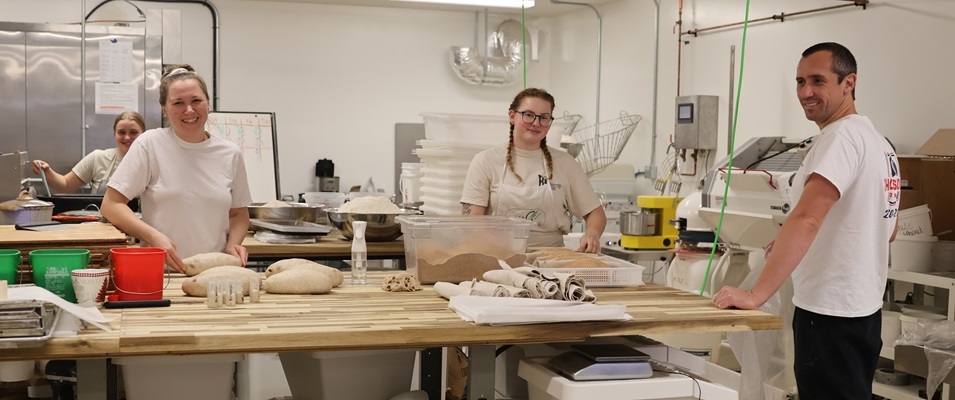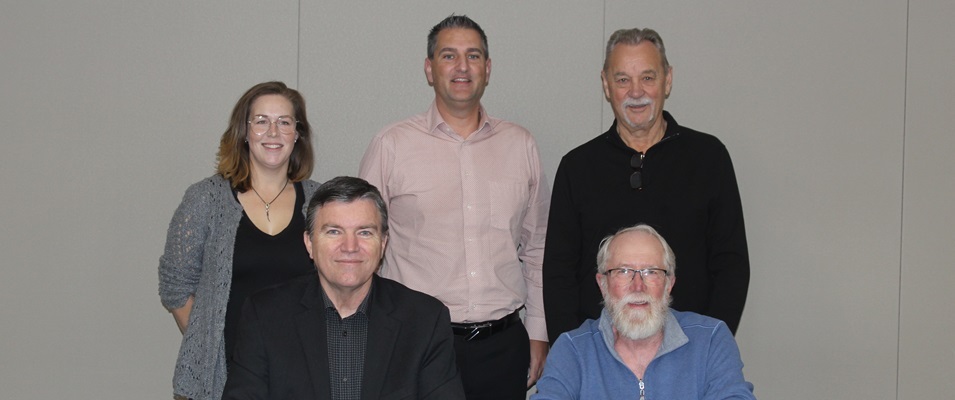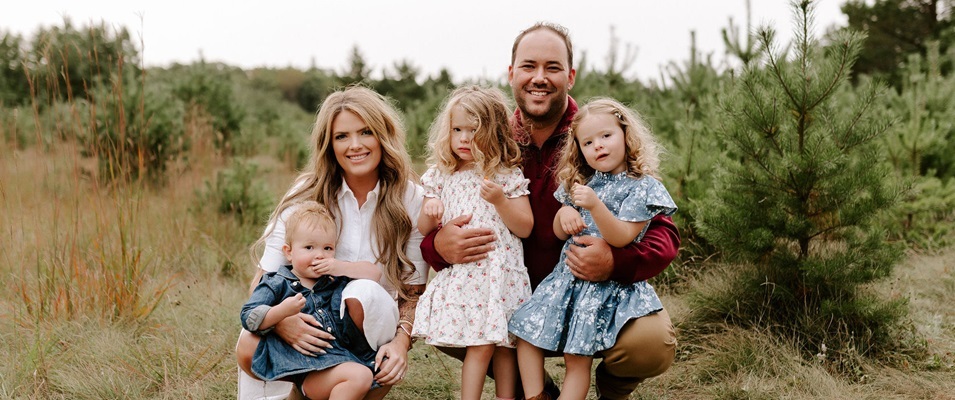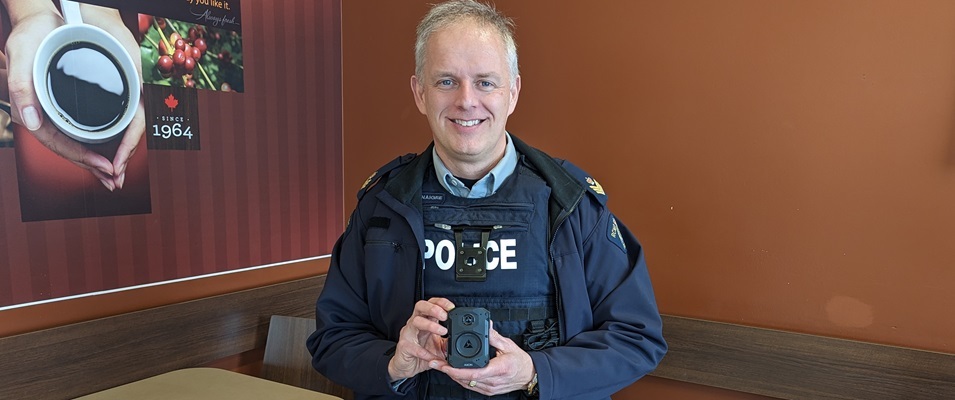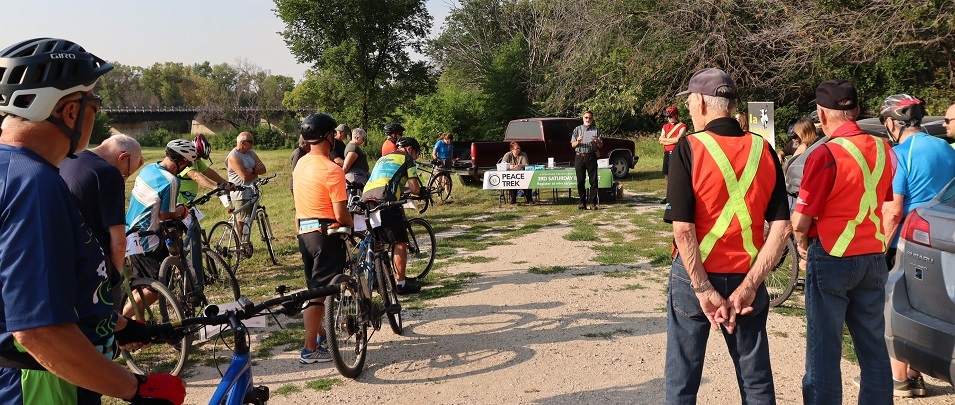
On August 19, 20 cyclists departed from the historic Mennonite Landing site, at the confluence of the Rat River and Red River, trekking their way along the Peace Trail to raise funds for the Eden Foundation and the Mennonite Heritage Village (MHV) in Steinbach.
For the second year running, the Peace Trek seeks not only to raise funds for some valuable causes but also to encourage recreational, social, and spiritual well-being while reliving some of Manitoba’s earliest Mennonite history.
Nearly $15,000 was raised this year.
The Peace Trail winds along its course for 45 kilometres, beginning at the landing site near the corner of Highways 311 and 200. It then follows what historians believe would have been the approximate route taken by many early Mennonites upon their arrival in Manitoba nearly 150 years ago.
The trail heads eastward along a series of rural roads and country paths, taking trekkers past six historical landmarks before it ends at the Dirk Willems Peace Garden located at the Mennonite Heritage Village.
The landmarks en route include the Metis lot commemorative plaques, the Shantz Sheds cairn, the Tourond Creek Discovery Centre, the site of the old Randolph Chortitz church, the Rosenthal Nature Park, and the Keating Cairn.
Gary Dyck is the executive director of the MHV. He says that the trail first began development about three years ago and there’s still much to be done to complete the overall project.
Still to come are the addition of rest stops, foot bridges, and other amenities to enhance the journey for trekkers wanting to retrace their ancestors’ first movements.
He says that the first part of the trail closely mirrors the Mennonites’ actual trek, because heads straight to the Shantz Sheds.
“When they got off the steamboat, they made the trek to the sheds that the Metis had constructed for them,” says Dyck.
From there, he says, some Mennonite families headed straight east while others took a more southeasterly direction, settling new locations that would eventually become known as Kleefeld, Grunthal, Blumenort, Steinbach, and many other villages along the way.
The Peace Trail was created to capture significant bits of Mennonite history as it goes.
“These different special things along the way just make the trail more significant, historically and spiritually,” Dyck says.
The inclusion of the Tourond Creek Discovery Centre is intended to pay tribute to the many watersheds the Mennonite settlers would have watched for when determining where to settle. These watersheds were essential to the settlers’ ultimate survival in the unforgiving prairie.
The 2023 Peace Trek included a small ceremony at both ends of the trail. Local Niverville historian Ernie Braun kicked off the event by reading a blessing provided by Métis elder Lucy Guiboche.
With this year’s Peace Trek behind him, Dyck says that he’s already looking forward to next year’s event.
“Next year will actually be bigger, because it will be the one hundred fiftieth anniversary of the Mennonite [arrival],” says Dyck.
Early planning for the 2024 event suggests that it may stretch over two days and include an actual ox cart pulled by oxen, accompanied by cyclists and other trekkers.





